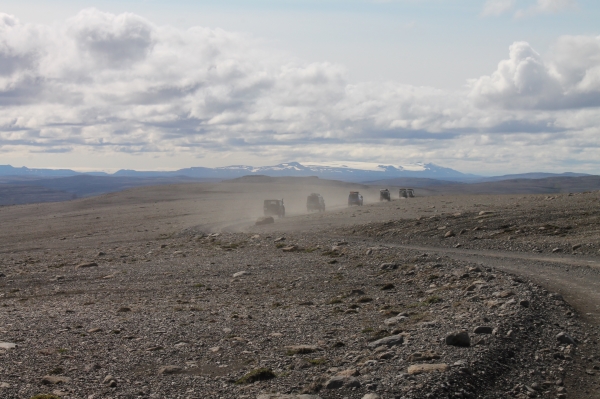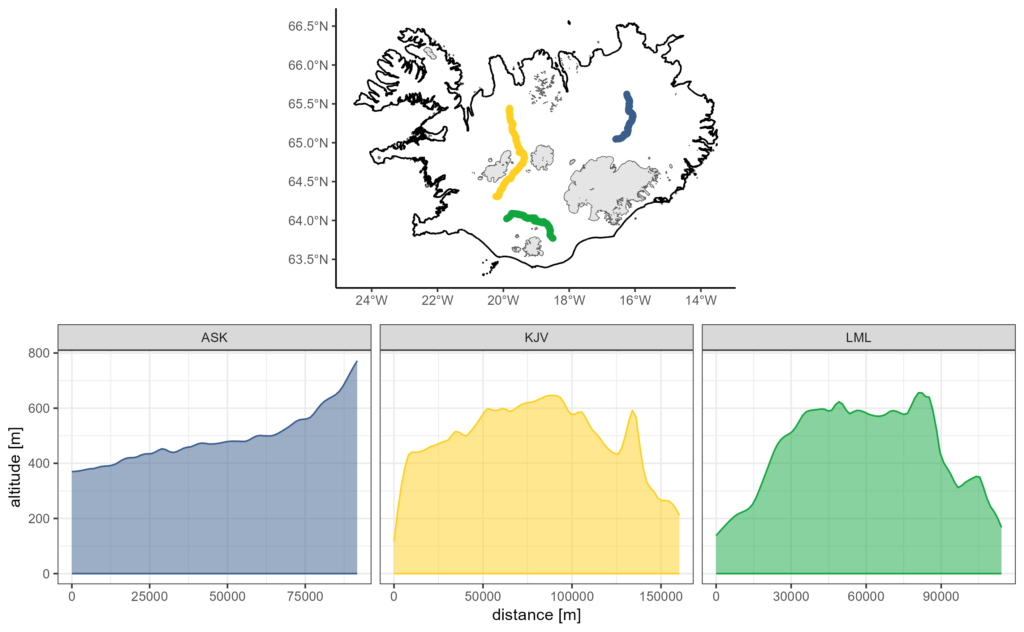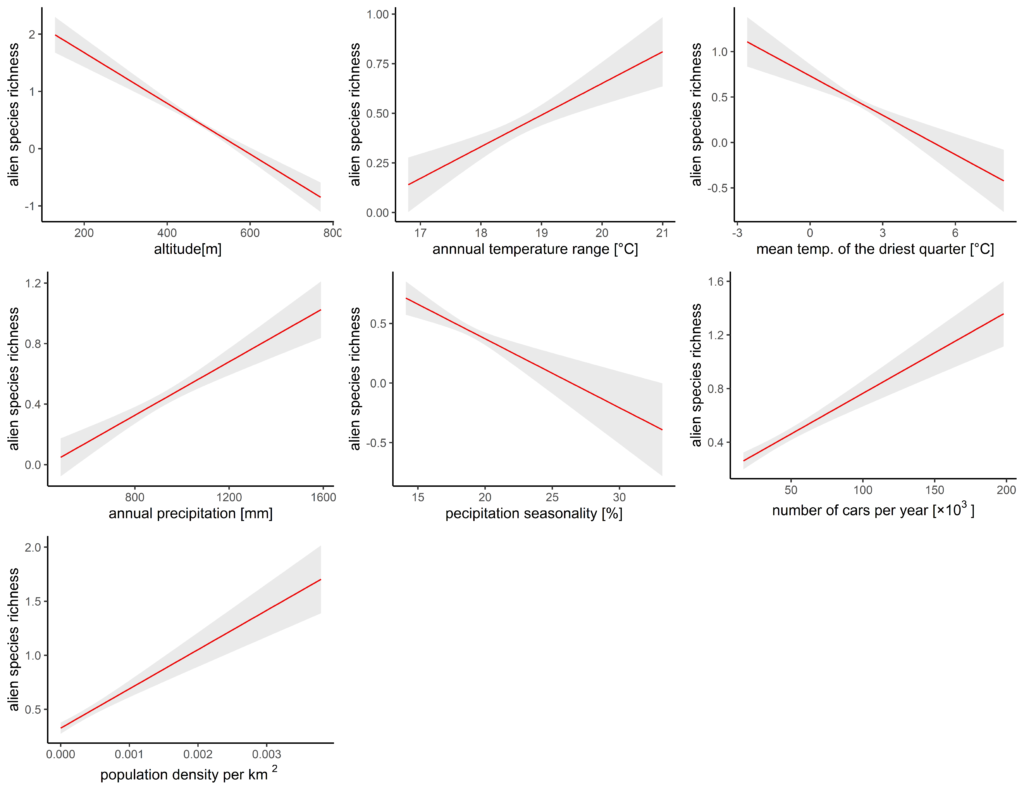A study on Icelandic highland roads found a surge in non-native plants due to human activity and climate change. This poses a threat to Iceland’s fragile ecosystems, as invasive species, facilitated by roads and rising temperatures, jeopardize the biodiversity and scenic beauty of the highlands.

Invasive alien species pose a significant threat to local biodiversity, impacting plant communities, nutrient cycles, water dynamics, wildfire risks, and temperature changes, potentially leading to the extinction of native species. Non-native and invasive plant species can alter landscapes, resulting in a decline in tourist appeal, loss of livestock grazing, and increased erosion.
Iceland’s Central Highlands, renowned for its harsh climate and short growing season, stand as one of Europe’s last vast wilderness areas. Despite its unique landscape and biodiversity, human influence, especially through grazing, has affected the region for over a millennium. The combined effects of human activity and the Little Ice Age (1600–1900) caused notable changes in vegetation cover, leading to increased erosion and desertification. Nevertheless, the highlands play a crucial role in maintaining the natural distribution of many native plant species in Iceland.
Traditionally, the pristine composition of the highlands’ flora was preserved by a harsh climate and low human traffic. However, recent decades have witnessed a rapid shift, driven by a surge in tourism. The number of foreign visitors to Iceland surged from 21,000 in 1995 to over 2 million in 2018, with the Central Highlands attracting up to 30% of total tourists. Tourists, arriving by private cars or group buses, significantly elevate the risk of introducing non-native plants along the highlands’ road network.
Roads and trails can facilitate the colonization of introduced plant species due to increased disturbance, habitat fragmentation, altered soil chemistry, hydrology, and heightened erosion. The study aimed to analyse the distribution of exotic plant species in Iceland’s highlands, focusing on the role of roads in their introduction. Key questions included whether mountain roads act as entry points for exotic plants, the characteristics of species using these routes, and the effects of environmental factors on exotic species richness along highland roads.
The research, conducted in August 2022, focused on three mountain roads connecting lowlands to highlands: Landmannaleið (LML), Kjalvegur (KJV), and Öskjuvegur (ASK). Research plots were established at GPS points along these roads at 700-meter intervals, resulting in a total of 526 study plots covering an area of 1,052,000 m2 (1,052 km2). Each plot, 100 meters in length, extended 10 meters beyond the road on both sides.

The results revealed 21 imported vascular plant species from 12 genera, constituting 20% of all imported vascular plant species in Iceland. The introduced species, in line with global trends, predominantly originated from Europe and Asia. Surprisingly, trees accounted for over 20% of the introduced species along highland roads, deviating significantly from Iceland’s overall flora.
Climate emerged as a primary factor influencing the richness of non-native plants along highland roads, with ongoing warming likely promoting changes in distribution and spread with increasing altitude. The study also identified a correlation between the number of introduced species, traffic volume, and average population density. The road system within the highlands significantly contributes to the colonization and spread of introduced plants, with its impact expected to intensify in the coming decades due to ongoing warming. The changing climate, with warming in Iceland being three times faster than the global average, is altering conditions rapidly, making highlands more susceptible to exotic plant colonization. The longer growing season, increased human-induced disturbance, and increased activity related to settlements, agriculture, and industry will likely increase the likelihood of invasive plant species to establish self-sustaining populations in the highlands. The historical increase of exotic plants since the late 19th century in Iceland indicates that new imported species may gain a foothold in the highland area, especially considering the presence of potential invasive species in lowland areas.

This text is based on a report in Icelandic:
Pawel Wasowicz, Rannveig Thoroddsen, Starri Heiðmarsson, Olga Kolbrún Vilmundardóttir, Járngerður Grétarsdóttir, Einar. Ó. Þorleifsson, Brynjólfur Brynjólfsson. Opna fjallvegir fyrir landnám innfluttra plöntutegunda á hálendi Íslands? Styrkt af Rannsóknasjóði Vegagerðarinnar. Náttúrufræðistofnun Íslands NÍ-23001. http://utgafa.ni.is/skyrslur/2023/NI-23001.pdf
Contact person:







Follow us: